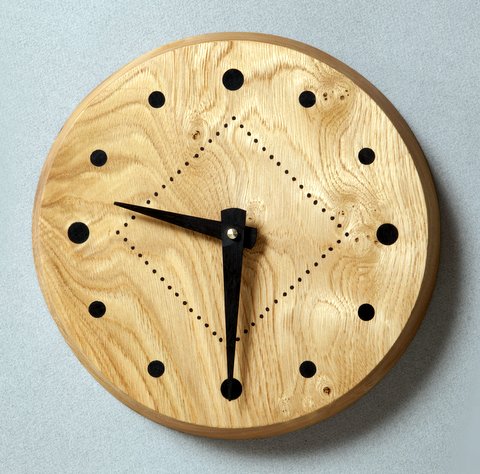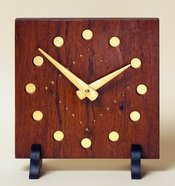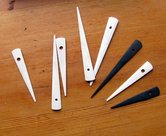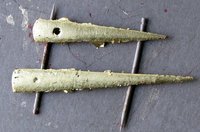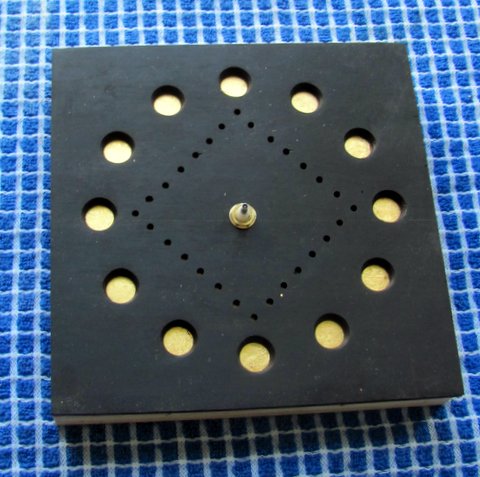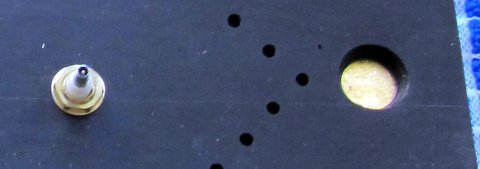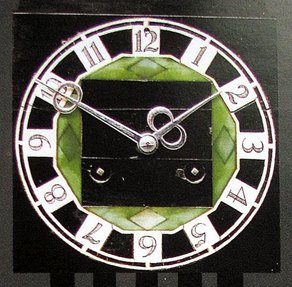|
|
High Time for a Wooden Clock?I’ve always liked clocks and as a young lad spent many happy hours taking them apart to find out how they worked. However, clocks have now crossed over from the simple mechanical to electronic wizardry and are no longer to be tinkered with.
|
|
I still produce a few dozen clocks a year and make them available to anyone interested—mostly family and friends. It’s a good way to use offcuts too short for anything else, especially rare and exotic woods such as ebony, zebrawood or teak.
|
|
The battery movement is 2-1/2 inches square and fits into a recess in the back of the clock body. It has a keyhole-shaped slot so the clock can be hung on a wall or stand on its own feet. A removable wooden back secured with four screws so the battery can be replaced is an available option. You can then place the clock anywhere indoors whether the back is showing or not.
If you prefer to make your own clock you’ll find step-by-step instructions for the various configurations on Collection One (furniture). I’ve included detailed plans, dimensions plus sources for materials, electric clock movements as well as for gold leaf and other metallic foils. 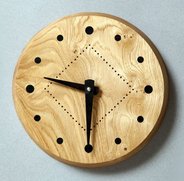
A. Round clock made in English chestnut with a diameter of 10 inches. Hands and the square pattern of inlay is ebony or dark walnut. These clocks look best when made of a single piece of wood with prominent grain. Black cherry would be a good choice, also maple or mahogany. 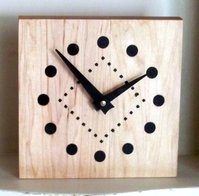
B. Clock in rock maple with ebony hour markers, inlay and hands. This clock needs no feet as it is thick enough to be stood on a shelf. I find wooden clocks look best when the grain running vertically: perhaps because it’s a reminder of the growing tree. 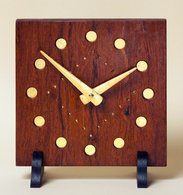
C. Teak clock with inset gold leaf hour markers and ebony feet. The wooden hands are gilded and the square pattern of inlay filled with gold leaf. The teak back is secured with four oval-headed bronze screws. 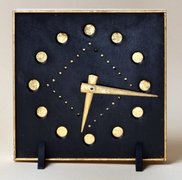
D. Ebony clock with inset gold-leaf hour markers and wooden hands, gilded. Framed by gold-leafed perimeter trim supported on thin ebony feet. 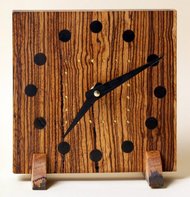
E. Zebrawood clock with ebony hour markers. The hands, supplied with the clock movement are black, anodized aluminum. They can be shortened and trimmed with scissors if needed. Original Simon Watts Wooden Clock- original, one of a kind, signed by the artist clock
- choose any of the styles from above - designed to order |

